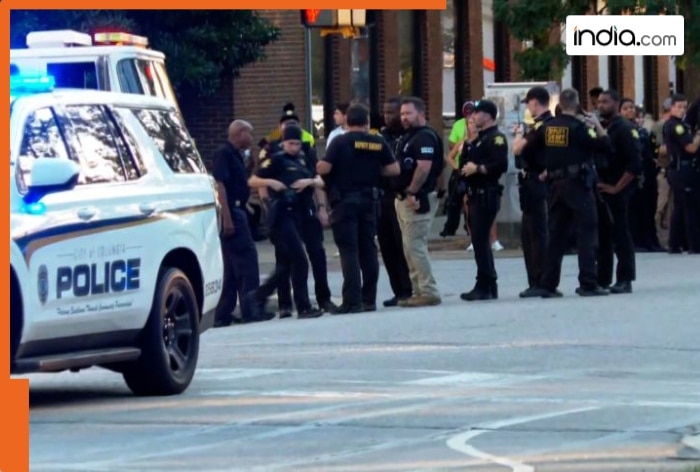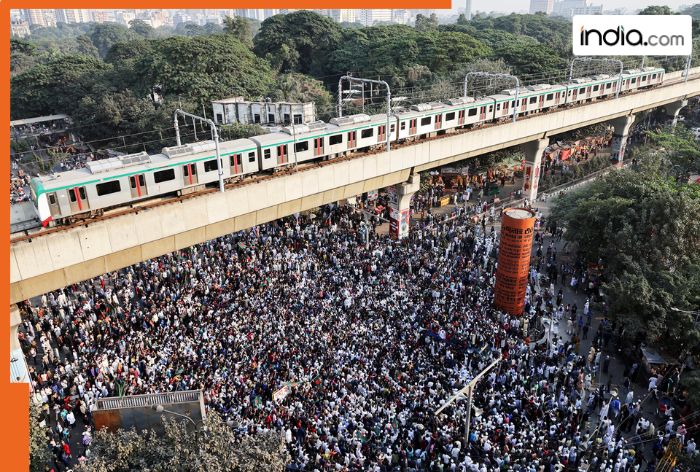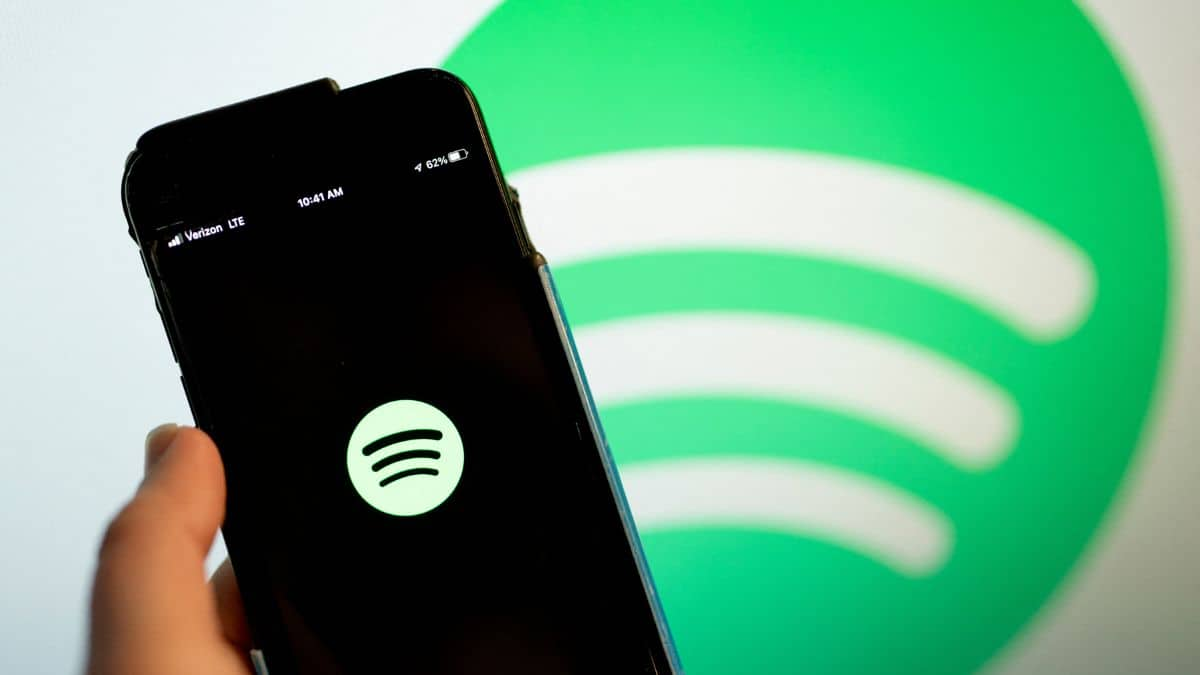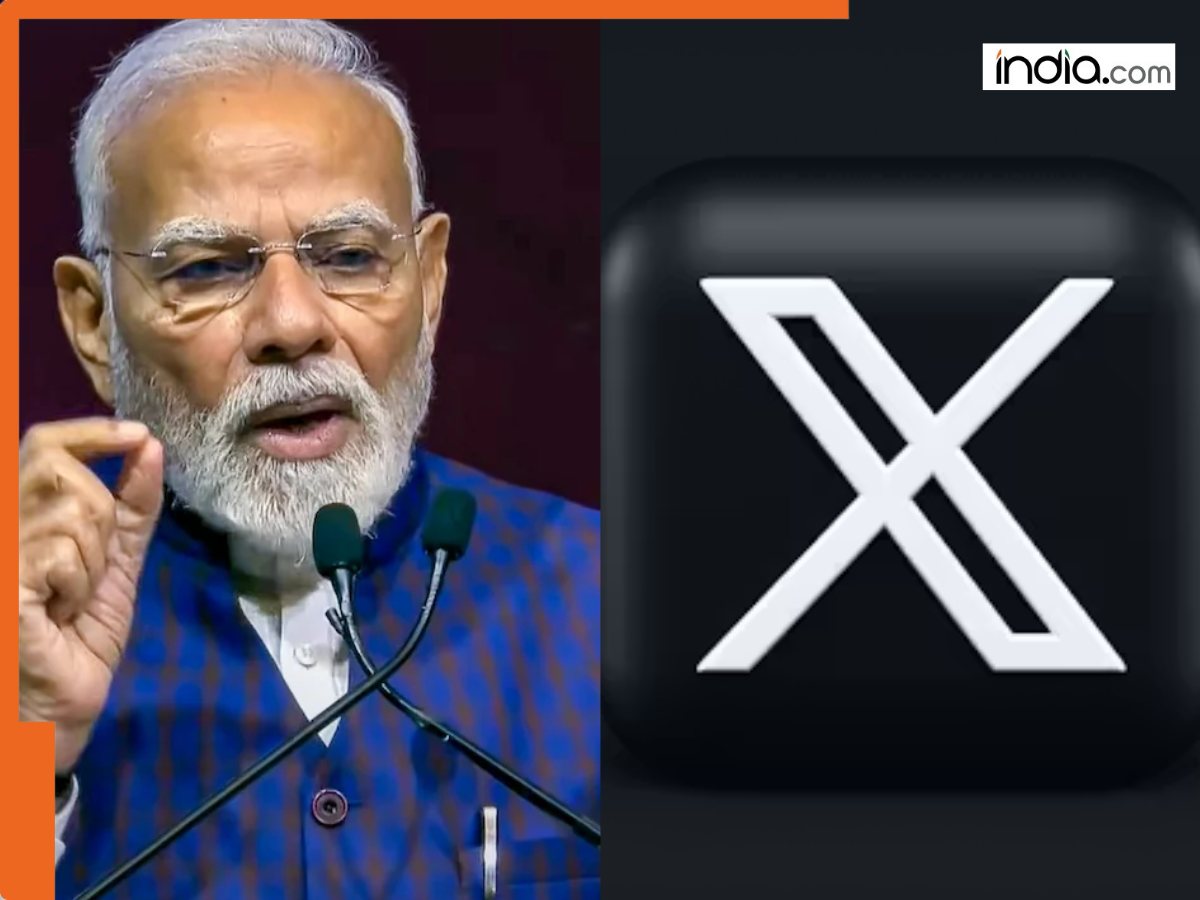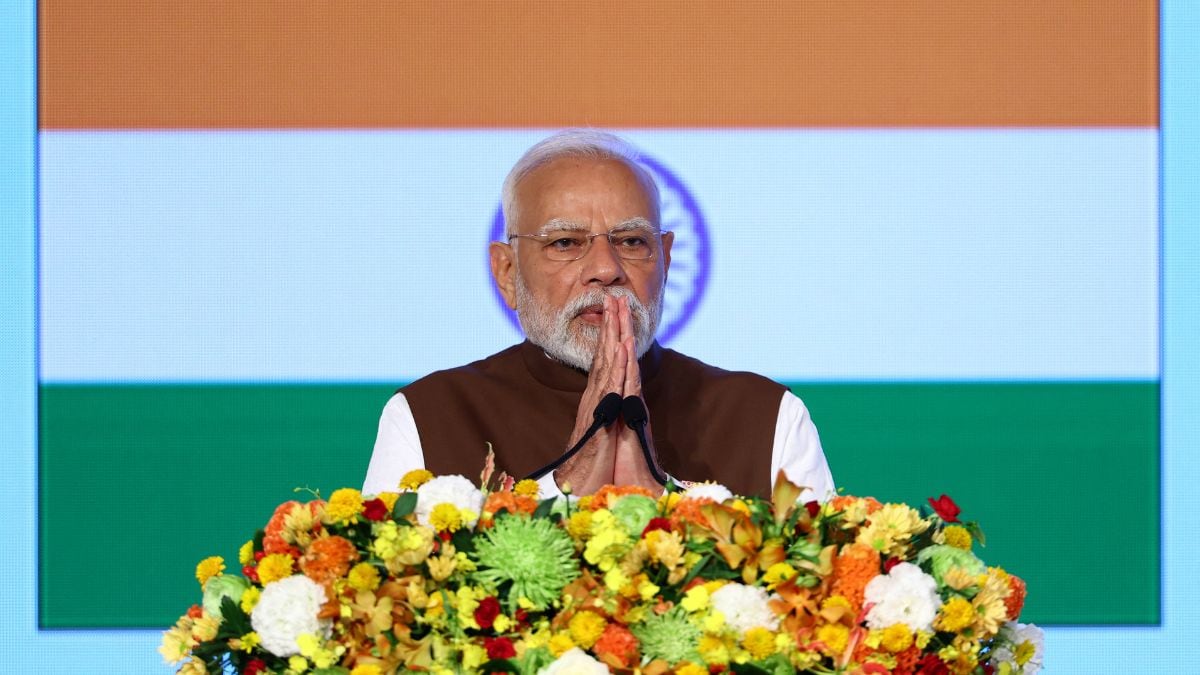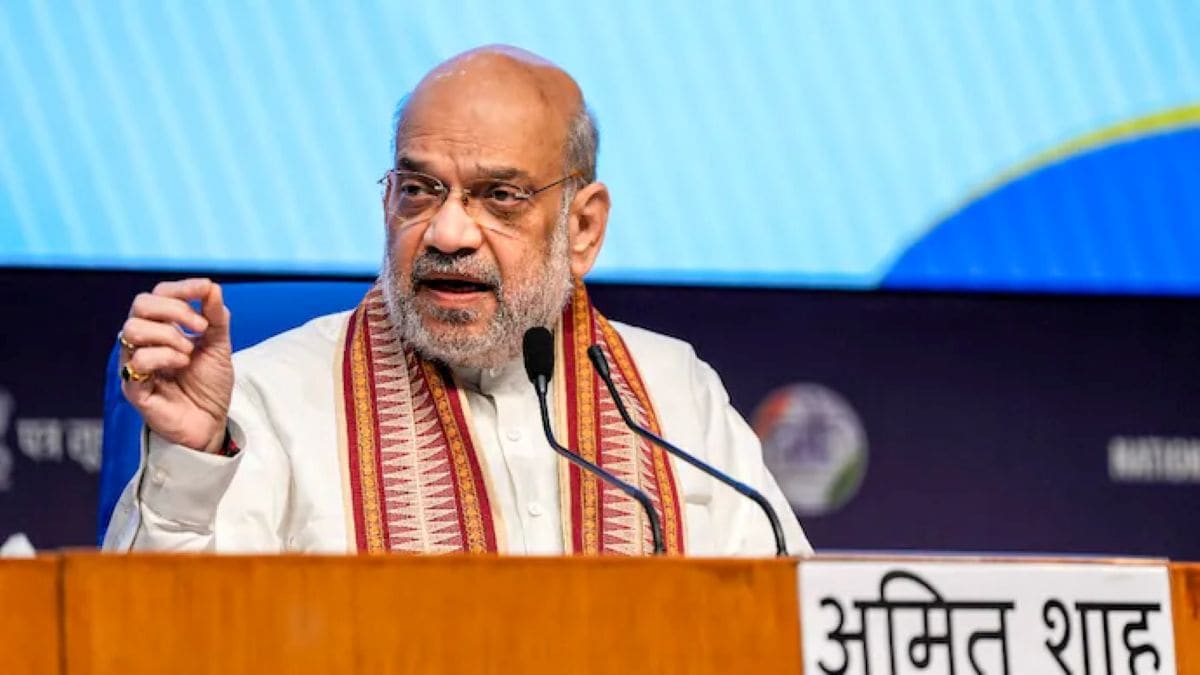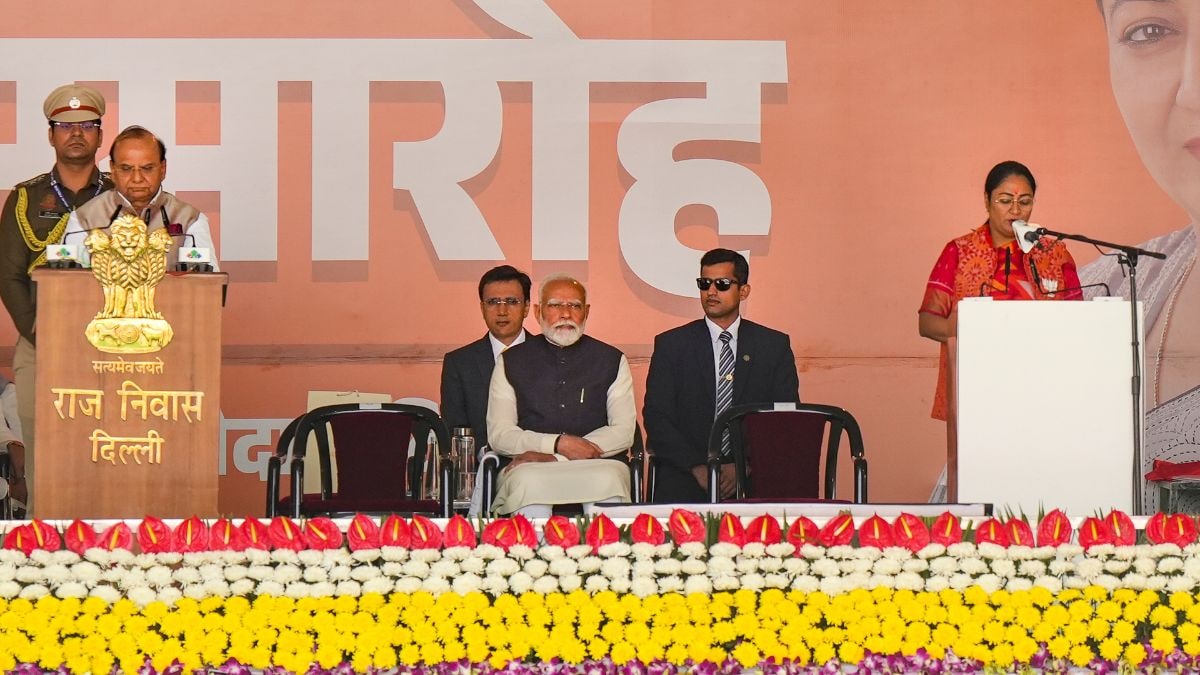1st time in 6 years, US government shuts down after Senate fail to agree on…, Here’s what we know so far
A political fight over healthcare and government spending has brought the United States close to its first shutdown in nearly seven years.
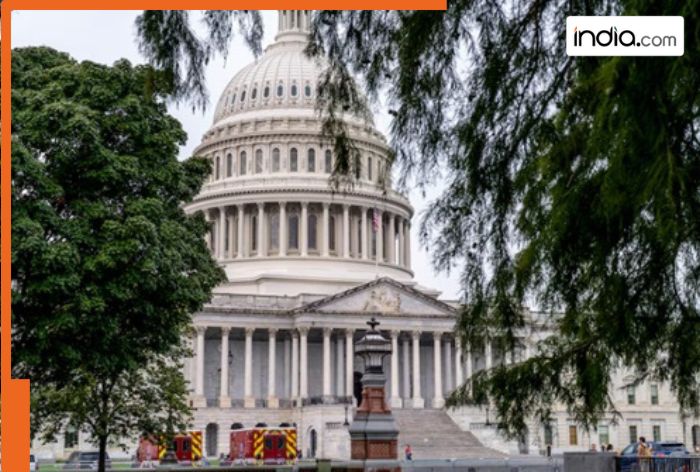
For the first time in almost seven years, the US federal government has shut down after the Senate failed to pass a temporary funding bill. The bill needed support from both parties but was rejected in a 55-45 vote late on Tuesday. With no deal reached before the midnight deadline, the government officially went into shutdown at 12:01 a.m. on Wednesday, October 1. The shutdown immediately affects “non-essential” government services. This could cause disruptions in air travel, delay important economic reports, and close research labs and small-business loan offices. Federal agencies have already started preparing furlough notices for their employees.
What stays open?
Essential services will continue to operate. Social Security payments, Medicare and Medicaid services, immigration enforcement, and postal services will keep running. The military, federal law enforcement, and border security agencies will also stay on duty, though they may not receive pay immediately. Air traffic controllers will continue working, but past shutdowns have shown this can sometimes cause staff shortages and flight delays.
What shuts down?
Many national parks and tourist attractions usually close during a shutdown, though rules can vary. Visitor centers, guided tours, and Smithsonian museums are likely to close if the shutdown continues. Federal courts may also reduce operations in the coming weeks, which could delay trials.
Why is US on shutdown?
The federal government’s new financial year starts on October 1. To keep running, Congress needed to pass a temporary spending bill, but lawmakers have not reached a deal.
Republicans control both the Senate and the House of Representatives. In the Senate, Republicans have 53 seats and Democrats have 47. But they needed at least 60 votes to pass a bill.
In the House, Republicans have 220 seats and Democrats 212. The House is led by Speaker Mike Johnson, with Steve Scalise as Majority Leader and Hakeem Jeffries as Minority Leader.
The fight is over a short-term funding bill put forward by Republicans, which would allow the government to keep operating until November 21. Without this bill, the government will run out of money and be forced to shut down.
What are Democrats and Republicans fighting over?
The main issue causing the standoff is funding for the Affordable Care Act, also known as Obamacare. The program is popular with many Americans because it helps low-income families get healthcare, according to John Owens, a professor of US politics at the University of Westminster.
Democrats say they will not support the Republican spending bill unless Republicans reverse recent cuts to Medicaid that were made under Trump’s “One Big Beautiful Bill” passed in July.
They also want to extend special tax credits that lower the cost of health insurance, which are due to end later this year. To buy time, Senate Democrats have suggested passing a much shorter funding bill, lasting just seven to 10 days or other temporary options.
Republicans have rejected these ideas, and neither side seems willing to give ground. Earlier this week, President Trump even canceled talks with Democratic leaders, calling their proposals “unserious.”
On Monday, a meeting between Trump and congressional leaders ended without progress. Afterward, Democratic leaders Chuck Schumer and Hakeem Jeffries blamed Republicans for the looming shutdown.
Later that same day, Trump posted an AI-made “deepfake” video on his Truth Social account. The video showed Jeffries in a sombrero with a fake mustache, while Schumer appeared to say, “If we give all these illegal aliens healthcare, they might vote for us.”
Has the US government shut down before?
Yes, it has happened several times, including during Trump’s first term.
In December 2018, two years after Trump took office, Congress failed to agree on a funding plan, leading to a 35-day partial shutdown, the longest in modern US history. Nine federal departments, including Agriculture, Commerce, Homeland Security, Justice, and Treasury, were either fully or partly closed.
The fight was over Trump’s demand for money to build a wall along the US-Mexico border. Then-House Speaker Nancy Pelosi, a Democrat, refused to approve it. After more than a month of deadlock, Trump backed down. Around 340,000 of the 800,000 federal workers affected were forced into unpaid leave, known as furlough.
A similar situation happened in October 2013, under Democratic President Barack Obama. That shutdown lasted 16 days and was pushed by hard-right Republicans in the House who wanted to strip funding from Obamacare. The standoff ended only after bipartisan talks in the Senate, with Republicans failing to get what they wanted.
The US also faced several in the 1970s, 80s, and 90s under Presidents Jimmy Carter, Ronald Reagan, and Bill Clinton. Reagan alone oversaw eight shutdowns during his time in office.
What's Your Reaction?







